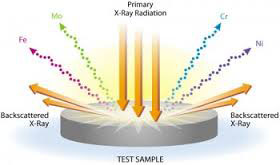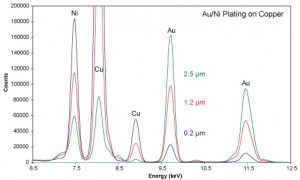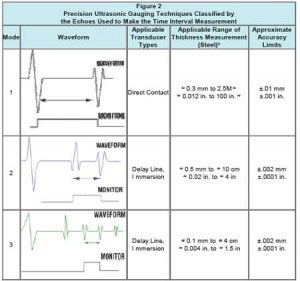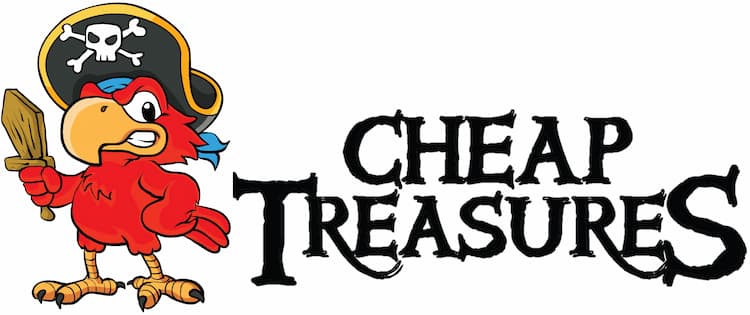ITEMS IN CART (0)
Assaying
X-Ray Fluorescence Testing – Assaying Metals
 x-ray fluorescense principle
x-ray fluorescense principle
ABC Bullion & Coin offers expert assaying services to customers who want to determine the types and quantities of different metals in an item. We use state-of-the art x-ray fluorescence analysis to determine the metal type (i.e. assaying) and percent of total.
We can identify elements of 26 different metals, including gold, silver, platinum, palladium, copper, zinc, nickel, cadmium, iron, maganese, and lead among many others. Whether you are a silver or gold buyer or seller, want to understand the value of some gold jewelry, or are trying to identify or validate the content of items you have found or had manufactured, ABC Bullion & Coin can provide an accurate assessment of the metal content. We can not assay rocks that you may believe contain precious metals unless there are visible and larger sections containing metal.
If you would like cadmium or lead testing, our x-ray fluorescence testing is the same method/technology that many state agencies use to test toys and other items for lead or cadmium. However, we are not a licensed cadmium or lead tester and cannot provide official documentation.
 x-ray spectrum from x-ray flourescence
x-ray spectrum from x-ray flourescence
Pricing
| 1 to 5 items: | $25 / item |
| 6 to 20 items: | $20 / item |
| More than 20: | call for pricing |
Pricing for XRF analysis does not include the price of shipping should you send us your item and want it returned to you. Call us for details on returning a sample when you are not present for the test.
Specific Gravity Testing = $20
Specific gravity (density) can be a good secondary way of supporting the output of the x-ray fluorescence analysis. We can provide specific gravity testing any metal objects and the output will be the average density of the metals used to make the object. Limitations on the test are for objects that are hollow. We provide specific gravity tests only on items that have already been submitted to x-ray fluorescence testing. This test can indicate what a item is not (with a reasonable degree of certainty) but not the contrary.
Applicable once XRF testing has been completed.

Ultrasonic Testing = $20
Testing items that have a least two flat, parallel sides can be another way to determine what metal an item may contain. We can offer ultrasonic testing on objects that have already been submitted for x-ray fluorescence testing to determine if the material found during x-ray fluorescence is the same which may be deep inside the item. Typically, this is only helpful in negative identification and when the item is suspected of being pure. This test can indicate what a item is not (with a reasonable degree of certainty) but not the contrary. Applicable once XRF testing has been completed.
Written Documentation of Test Results = $60
We can also provide written documentation of the results on all of our testing. This documentation comes written on our letterhead and can, if needed, include a picture of the item tested.
Metal Identification
Base Metals
In mining and economics, base metals refers to industrial non-ferrous metals excluding precious metals. These include copper, lead, nickel and zinc. The U.S. Customs and Border Protection is more inclusive in its definition. It includes, in addition to the four above, iron and steel, aluminum, tin, tungsten, molybdenum, tantalum, cobalt, bismuth, cadmium, titanium, zirconium, antimony, manganese, beryllium, chromium, germanium, vanadium, gallium, hafnium, indium, niobium, rhenium and thallium.
Precious Metals
A precious metal is a rare, naturally occurring metallic chemical element of high economic value. Chemically, the precious metals are less reactive than most elements. They are usually ductile and have a high luster. Historically, precious metals were important as currency but now are regarded mainly as investment and industrial commodities. The best-known precious metals are the coinage metals, gold and silver. While both have industrial uses, they are better known for their uses in art, jewelry, and coinage. Other precious metals include the platinum group metals: ruthenium, rhodium, palladium, osmium, iridium, and platinum, of which platinum is the most widely traded.
